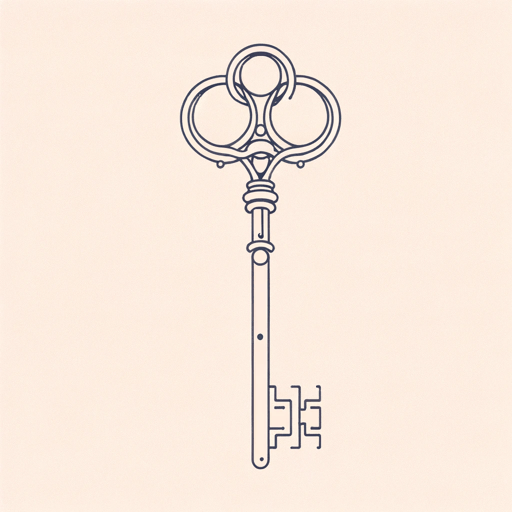48 pages • 1 hour read
Stephanie Dray, Laura KamoieAmerica's First Daughter
Fiction | Novel | Adult | Published in 2016A modern alternative to SparkNotes and CliffsNotes, SuperSummary offers high-quality Study Guides with detailed chapter summaries and analysis of major themes, characters, and more.
Symbols & Motifs
Monticello and Its Owner
Jefferson’s Monticello plantation comes to symbolize Jefferson himself: He invests much of his personality in its design and conducts his various agricultural and mechanical experiments there. Most of the major events of Jefferson’s adult life take place within its walls. Losing Monticello may be the reason that Jefferson loses the will to live.
Patsy, too, sees Monticello as more than a simple property. It gives her the same sense of security that her father provides. Even after her marriage, she still sees Monticello as her home. Her attachment to the property parallels her allegiance to her father above all other ties; Patsy equates Monticello with her father.
The novel doesn’t end when Jefferson dies; it ends when Patsy finally breaks her attachment to Monticello. As William points out, “He’s gone. This isn’t his home anymore. And it’s not your home, either. It’s a set of chains” (571). William’s words imply that Patsy is the last of the great man’s slaves to be freed from Monticello.
Letters Meant for Posterity
Letters are a prominent motif in the novel, as each chapter begins with an extract from Jefferson’s correspondence. The letters represent Jefferson’s public persona and act as a counterpoint to the actual events that occasioned the letters: Frequently, the letters don’t tell the whole story and may even contradict the facts.
Related Titles
By these authors



